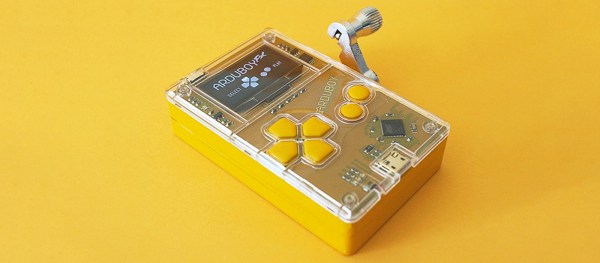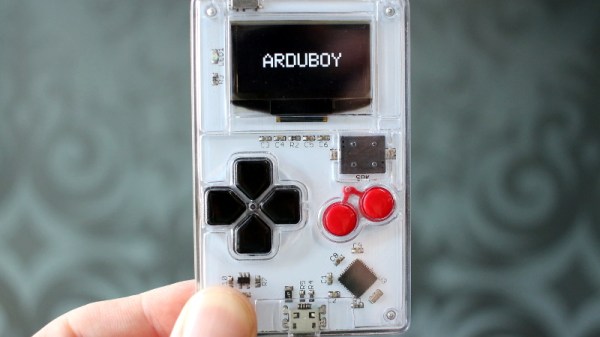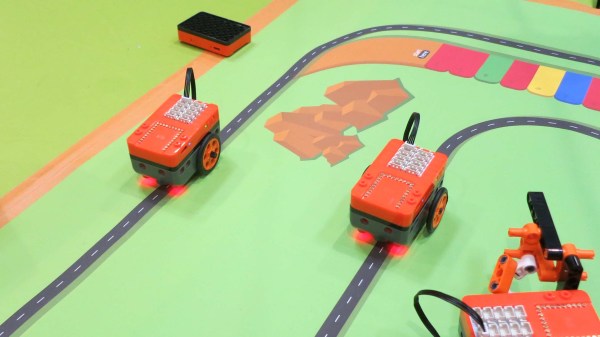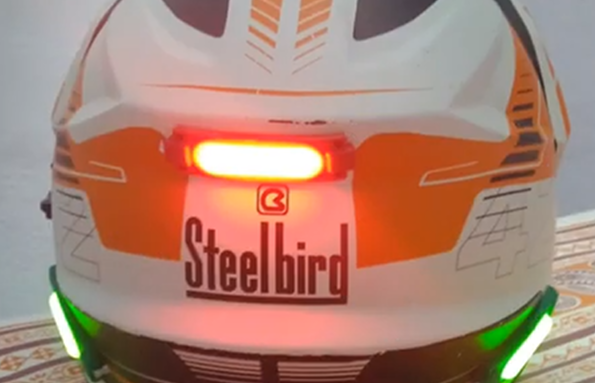Do you long for a more pronounced way to rage quit video games? Smashing buttons comes naturally, of course, but this hurts the controller or keyboard. You can quit your longing, because [Insert Controller Here] has an elegant solution that’s worth its salt.
The Salty Rage Quit Controller is simple. The cup is filled with distilled water. When you pour salt in it, the two bolt terminals tell the Arduino Micro that the resistance in the water has decreased. The Micro sends whatever keystrokes you want, so you could call out your deadbeat medic before quitting, or just plain leave. [Insert Controller Here] has example code on his site to get you started. Click calmly past the break to watch the demo and build videos, or we’ll have to ban you for aggro.
With the right tools, you can turn anything into a game controller. Check out this car controller that uses Python and CAN bus sniffing.




















